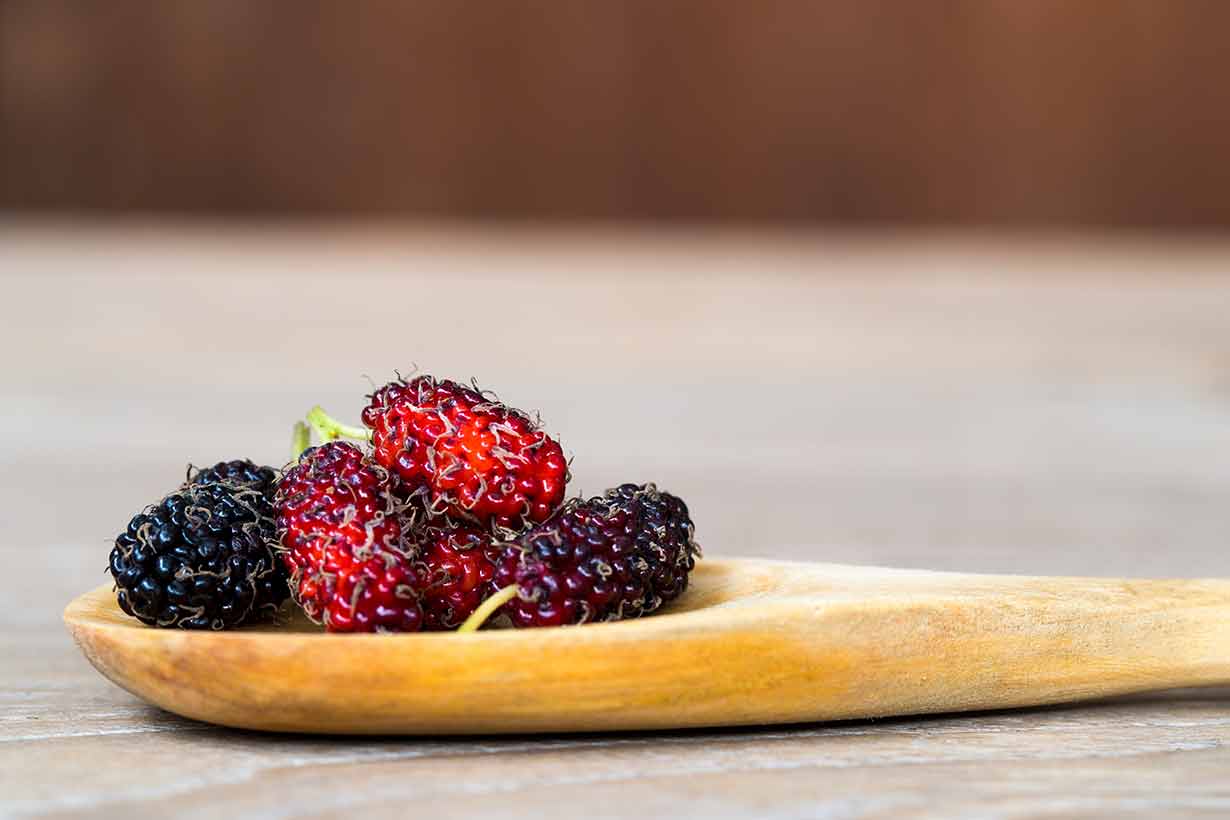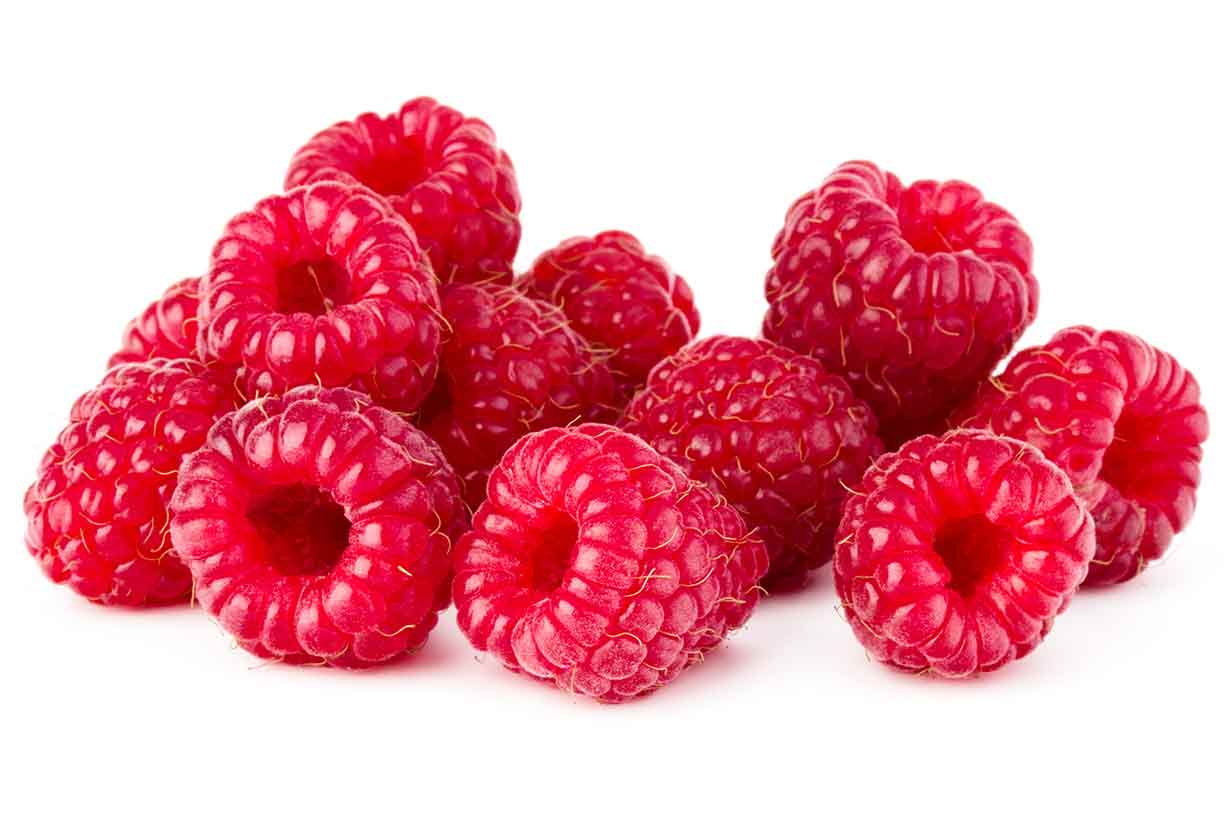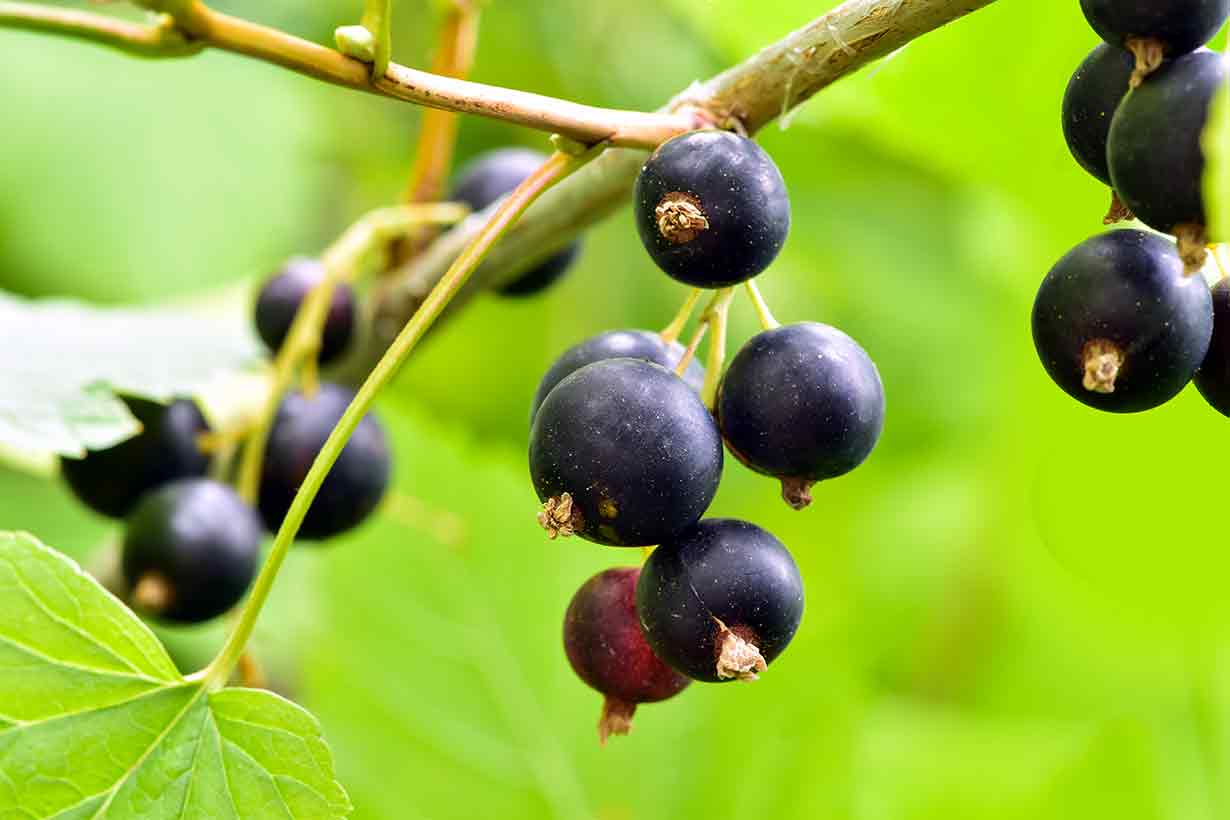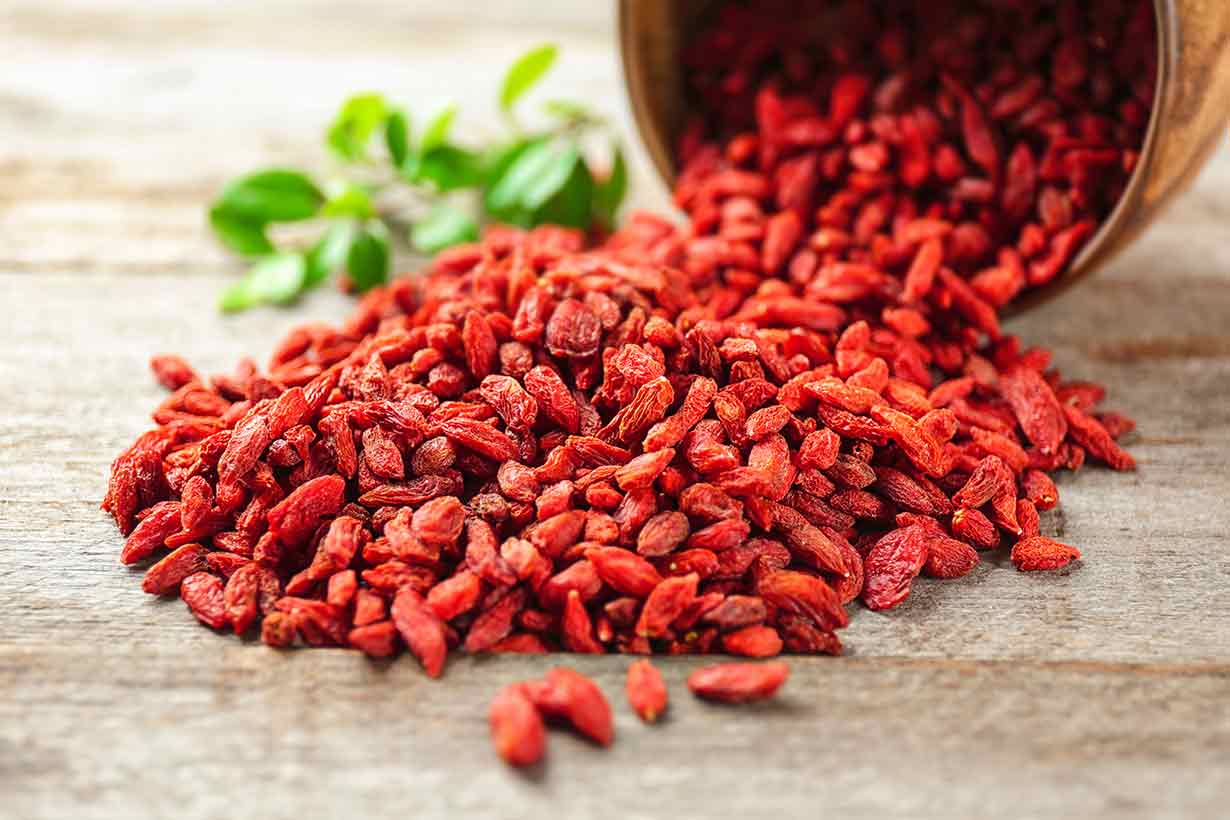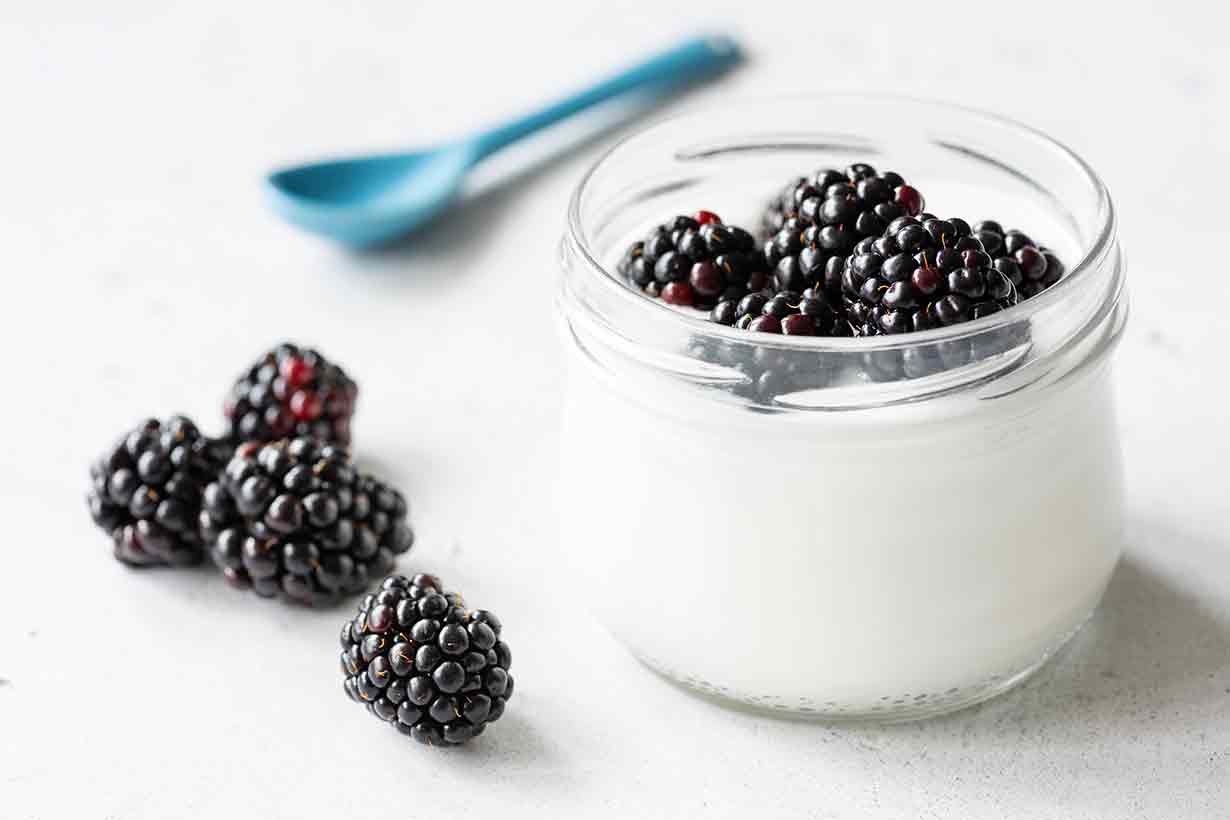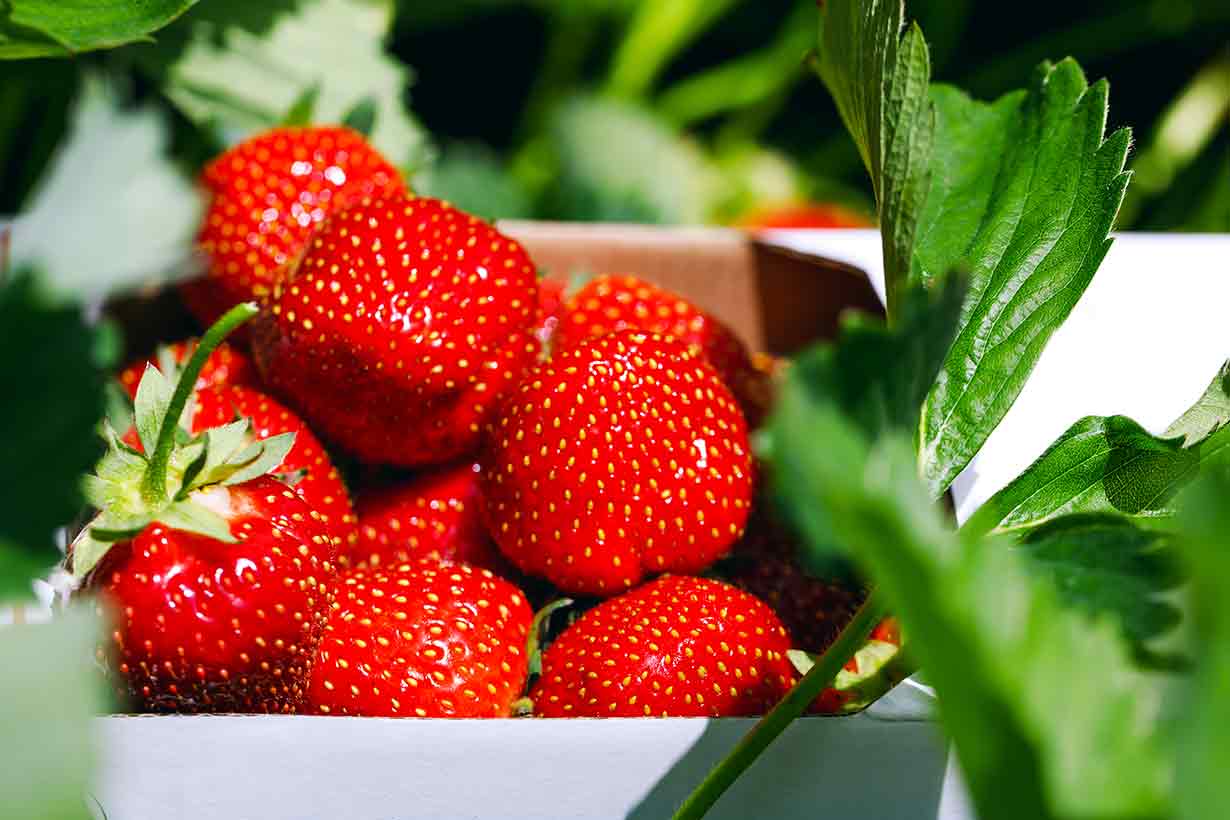Gooseberries are a small and tart fruit with a unique taste.
Botanically, these fruits are one of the true berry varieties, and they grow throughout the world.
Gooseberries provide a good range of nutrients, and people enjoy them in either fresh or dried form.
There are also various gooseberry products available, such as jams, juices, and powdered products.
This article takes an in-depth look at gooseberries and their nutritional values. Do these interesting berries have any potential benefits?
What Are Gooseberries?
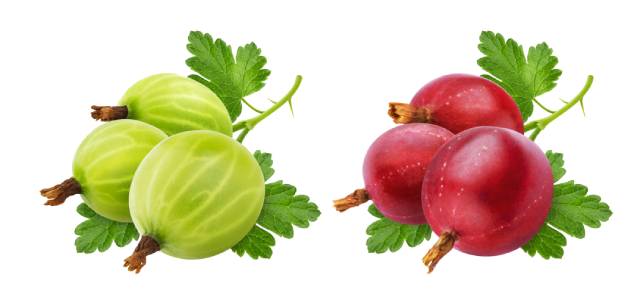
The gooseberry is a low lying bush that produces edible berries. In the image above, we can see an example of green and red gooseberries.
Although gooseberry plants grow around the world, they are native to Europe and Western Asia (1).
There are two primary types of gooseberries.
The first is the European gooseberry (scientific name: Ribes glossularia var. uva crispa), and the second is the American gooseberry (which has the botanical name of Ribes hirellum) (2).
Gooseberries are particularly common in the United Kingdom and Western Europe, and they grow in certain Eastern regions of North America (3, 4).
Color and size
Gooseberries can range in both size and color, and they can be anything from the size of a small blueberry to slightly larger than a grape.
Generally speaking, gooseberries usually have a pale green or red color.
However, the skin color can vary, and gooseberries may be either white, pale green, yellow, red, purple, or even black (5).
The reason for these variations is that there is a wide range of different gooseberry cultivars, and they all have slight differences. The berries also change in color as they progressively ripen (6).
Taste
The majority of gooseberries have a tart taste. For want of a better description, fresh gooseberries taste somewhat like sour grapes.
As the berries ripen and mature, the taste develops into a semi-sour and sweet experience.
Although somewhat tart, gooseberries are tasty and enjoyable to consume.
Since gooseberries are 88% water by weight, they are also very juicy and refreshing (7).
Gooseberries Have a Good Nutritional Profile
Nutritionally, gooseberries are low in calories and provide a good range of several nutrients.
The following data shows the full nutritional values of gooseberries per cup (150-gram) serving, based on the USDA’s Food Central Database (7).
| Calories/Nutrient | Amount |
|---|---|
| Calories | 66 kcal |
| Carbohydrate | 15.3 g |
| Fiber | 6.45 g |
| Sugars | 8.10 g |
| Fat | 0.87 g |
| Saturated | 0.06 g |
| Monounsaturated | 0.08 g |
| Polyunsaturated | 0.48 g |
| Protein | 1.32 g |
Vitamins
- Vitamin C: 41.55 mg (46.2% DV)
- Pantothenic acid (B5): 0.43 mg (8.6% DV)
- Vitamin B6: 0.12 mg (7.1% DV)
- Thiamin (B1): 0.06 mg (5% DV)
- Riboflavin (B2): 0.05 mg (3.8% DV)
- Vitamin E: 0.56 mg (3.7% DV)
- Niacin (B3): 0.45 mg (2.8% DV)
- Folate: 9.0 mcg (2.3% DV)
- Choline: 11.40 mg (2.1% DV)
- Vitamin K: 2.25 mcg (1.9% DV)
- Vitamin A: 12.06 mcg RAE (1.3% DV)
Minerals
- Copper: 0.11 mg (12.2% DV)
- Manganese: 0.22 mg (9.6% DV)
- Potassium: 297.01 mg (6.3% DV)
- Magnesium: 15.0 mg (3.6% DV)
- Phosphorus: 40.50 mg (3.2% DV)
- Calcium: 37.50 mg (2.9% DV)
- Iron: 0.47 mg (2.6% DV)
- Selenium: 0.90 mcg (1.6% DV)
- Zinc: 0.18 mg (1.6% DV)
- Sodium: 1.50 mg (<0.01% DV)
Gooseberries Are a Rich Source of Vitamin C
As shown in the nutritional profile, gooseberries offer a large quantity of vitamin C, and one cup provides almost half of the daily value (7).
Vitamin C is an essential vitamin that has a crucial role in the human body’s immune response. As a result of this, the nutrient may help to fight inflammatory processes and protect against infections (8).
Additionally, vitamin C may have benefits for overall skin health, and it plays a role in stimulating collagen production (9).
Like other berries high in vitamin C, such as black currants, the vitamin C content is one of the reasons for the tart taste of gooseberries.
High In Fiber
One cup (150-grams) of gooseberries contains approximately 15.4 grams of carbohydrate, of which 6.45 grams comes from fiber (7).
Existing research on fiber from whole fruits consistently shows that higher consumption levels may have beneficial effects.
Among these potential benefits, human trials demonstrate that children with a higher fruit intake appear to have healthier gut microbiota than children with lower fruit intake (10, 11).
It is thought that the reason for this beneficial effect is because fiber can act as a prebiotic food source for the microbes that inhabit the intestinal tract (12, 13).
Furthermore, a systematic review and dose-response meta-analysis of the available evidence found that fiber from fruit intake is moderately associated with a lower risk of type 2 diabetes (14).
It is also possible that whole fruit sources of fiber may have a positive impact on satiety levels. However, it is unclear how much of this positive effect comes from whole fruit intake itself rather than the specific fiber content of the fruit (15, 16).
Gooseberries Contain a Range of Phytonutrients
Phytonutrients are naturally occurring chemicals that occur in plant foods, and they have been associated with potential health benefits.
These phytonutrients include different classes of compounds such as carotenoids and polyphenols (17).
Gooseberries contain numerous polyphenols including (18, 19):
- Apigenin
- Chebulinic acid
- Chlorogenic acid
- Ellagic acid
- Gallic acid
- Kaempferol
- Luteolin
- Quercetin
Currently, research on these compounds is still ongoing, and the full mechanisms of how they impact human health are not fully understood (20, 21).
However, existing high-quality studies—systematic reviews and randomized controlled trials—suggest that dietary patterns high in polyphenols may potentially (20, 22, 23, 24):
- Lower the risk of cardiovascular disease
- Have anti-inflammatory properties
- Help to improve memory in the elderly
- Protect against oxidative stress
Generally speaking, berries—including gooseberries—are one of the richest dietary sources of polyphenols.
Other Health Claims
There are various other health claims about gooseberries and their potential health effects.
Some of these claims include the berries having a protective effect against hypertension and chronic diseases such as cancer. However, there is currently only very low evidence for these claims based on cell (test tube) studies (25, 26).
It is important to recognize that such research should not be used to make such claims.
At present, no evidence from human trials indicates that gooseberries protect against disease in this way.
Although gooseberries may have several health-protective effects, we should be careful not to exaggerate their benefits based on studies low on the hierarchy of evidence.
How To Eat Gooseberries
Since gooseberries are not quite as popular as more common berries, not everyone knows how to eat them.
Firstly, many people enjoy gooseberries on their own. Although the taste is a little tart, they are not overly sour, and they do have an enjoyable taste.
For those who dislike the sour taste, mature gooseberries that spend a more extended amount of time ripening have a sweeter taste. These gooseberries will usually have a color ranging from yellow to red (light green berries are the most tart).
Dried gooseberries are also quite popular, and they have a sweeter taste due to the more concentrated sugar content.
Aside from this, gooseberries are also a popular culinary berry, and they feature in a wide range of different recipes.
For those that enjoy cooking with fruit, here are some excellent resources for gooseberry recipes:
Where To Buy Gooseberries
It can be more challenging to find gooseberries compared to fruits like strawberries and blueberries.
However, the best time to find fresh gooseberries is in the summer months. They may be available in local farmers’ markets or larger grocery stores.
It is also possible to find frozen or dried gooseberries throughout the year.
A quick Google search of where to buy gooseberries in the local area should provide some guidance on where to find them.
For people who live in areas where fresh gooseberries grow, it may also be possible to pick your own between June and August.
Final Thoughts
Gooseberries are a unique-tasting, slightly sour berry that can be enjoyed alone or as part of a recipe.
As well as having a distinct flavor, these berries are also an excellent source of vitamin C, fiber, and polyphenols.
While the health benefits of gooseberries may sometimes be exaggerated, they are an enjoyable and nutritious addition to any diet.
For more information on other berry varieties, see this guide to the nutrition properties of mulberries.


